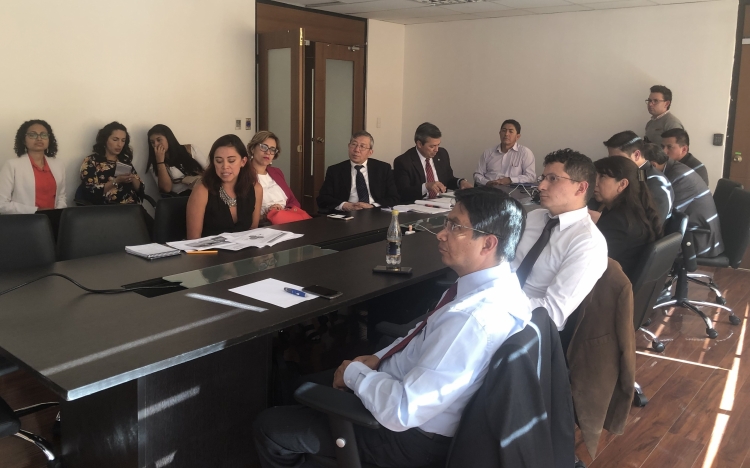Southeast Ecuador is home to a constellation of copper and gold mines, which have sustained economic activity in the region for decades. The Zamora River — which passes through the area before emptying into the Santiago River — has felt the effects of the nearby mining activities and, as a result, the quality of its water has suffered dramatically. Following the implementation of a national technical cooperation (TC) project[1], Ecuador’s Water Secretariat (SENAGUA) has used the training and specialized equipment it received through IAEA support to implement strategies which are improving the conservation of the entire Zamora River Basin. From 1 to 5 July, a final Expert Mission will take place to review and substantiate the hydrological data collected by SENAGUA, validating Ecuador’s capacities to effectively monitor and manage local groundwater resources.
Launched in 2016, the TC project was designed to deliver support to the Water Secretariat across a variety of categories. A liquid water isotope spectrometer was provided by the Agency to support the analysis of stable water isotopes in the river and in nearby groundwater sources. This type of isotopic data provides hydrological information which is critical for the characterization of water quality, quantity and its historical movement. Hydrological data also reveals details related to the basin’s water cycle, such as its recharge rate and the interaction between surface and groundwater sources – essential data for sustainable water- and land-use policies.






